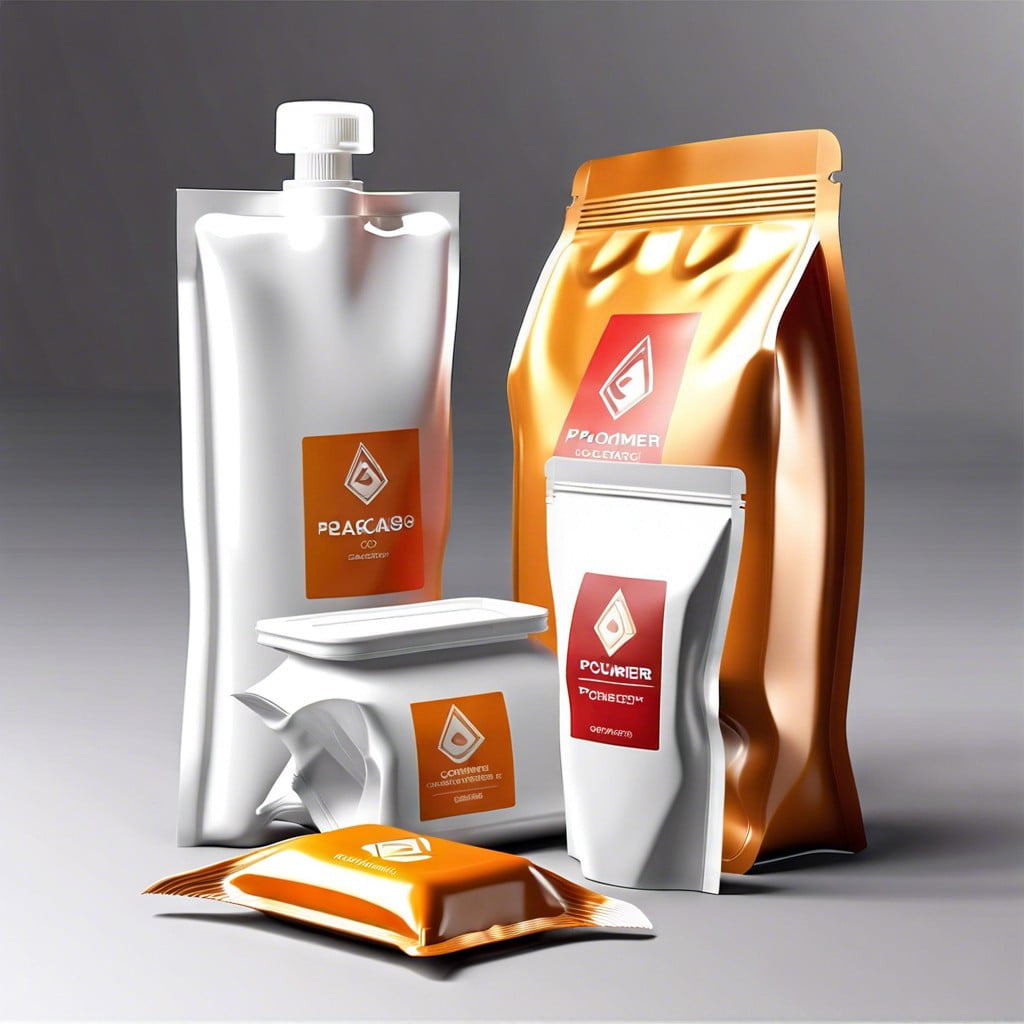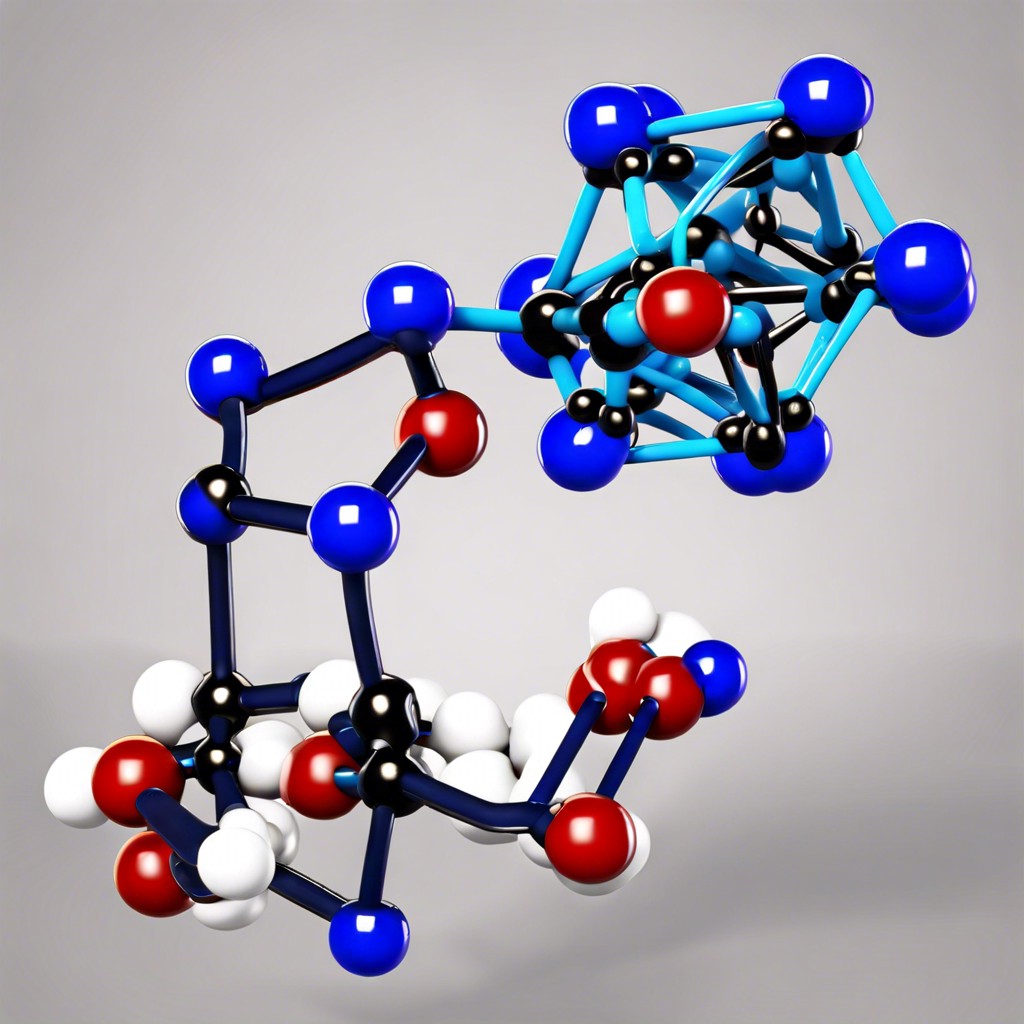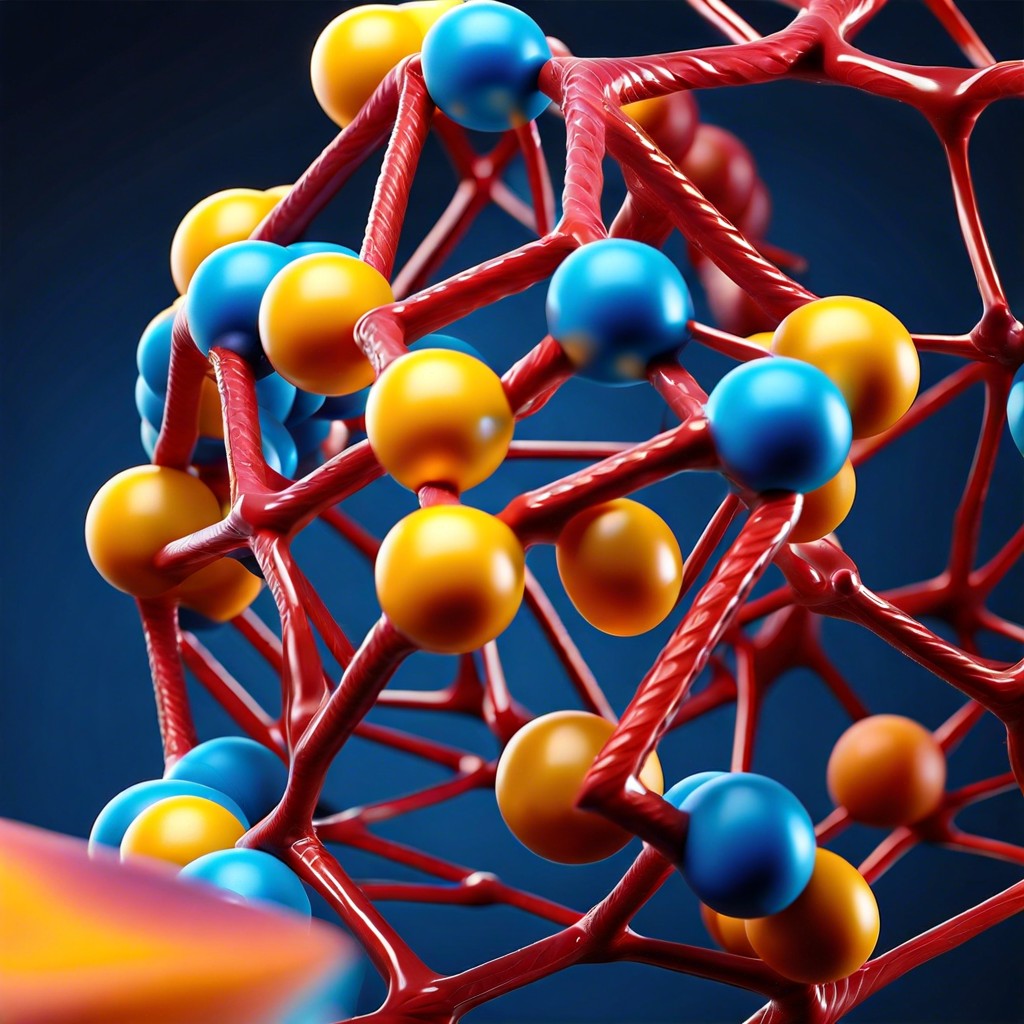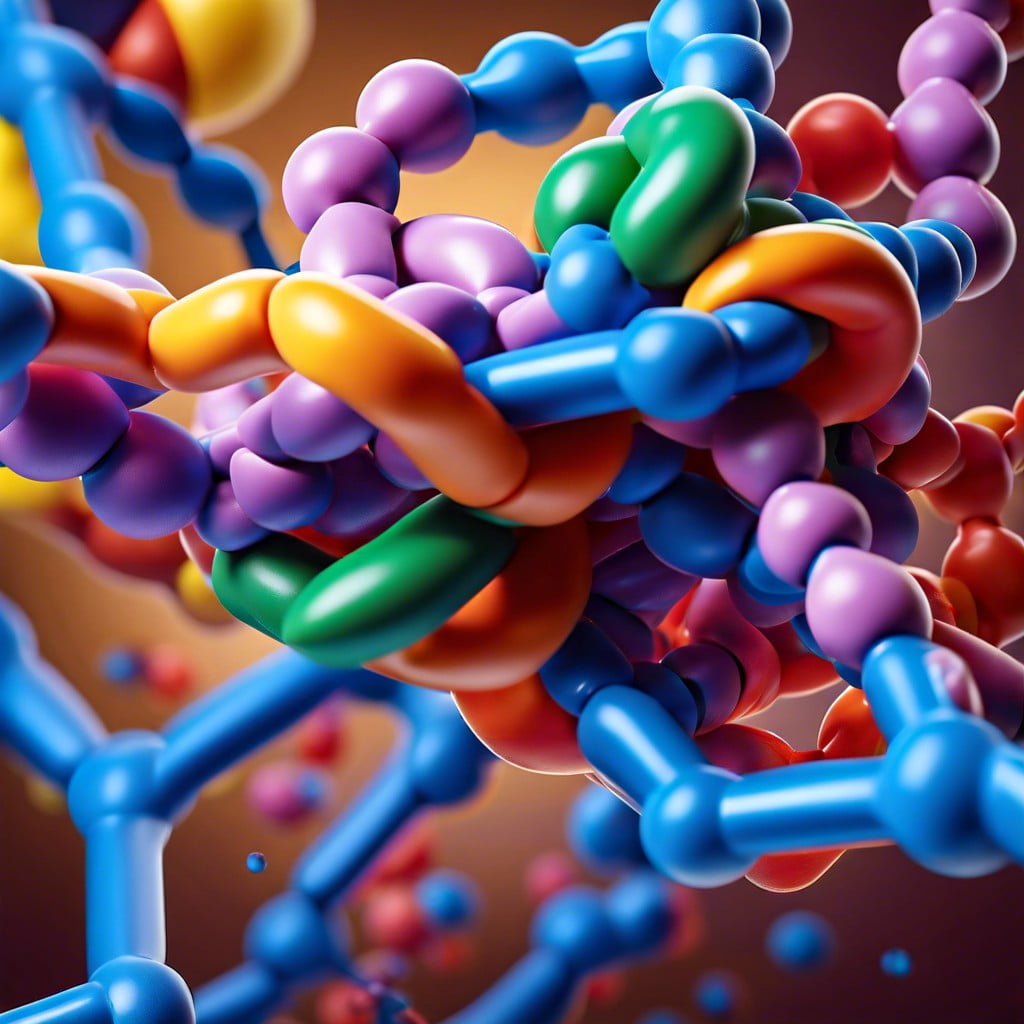This guide provides a comprehensive look at polyethylene terephthalate (PET), detailing its properties, uses, and role in the construction industry.
Key takeaways:
- PET is a durable and lightweight synthetic material.
- It is commonly used for packaging foods and beverages.
- PET is made through a chemical process called polycondensation.
- It has a wide range of applications, including in textiles and construction.
- Recycling PET helps reduce waste and conserve resources.
What You Will Learn
Polyethylene Terephthalate Definition
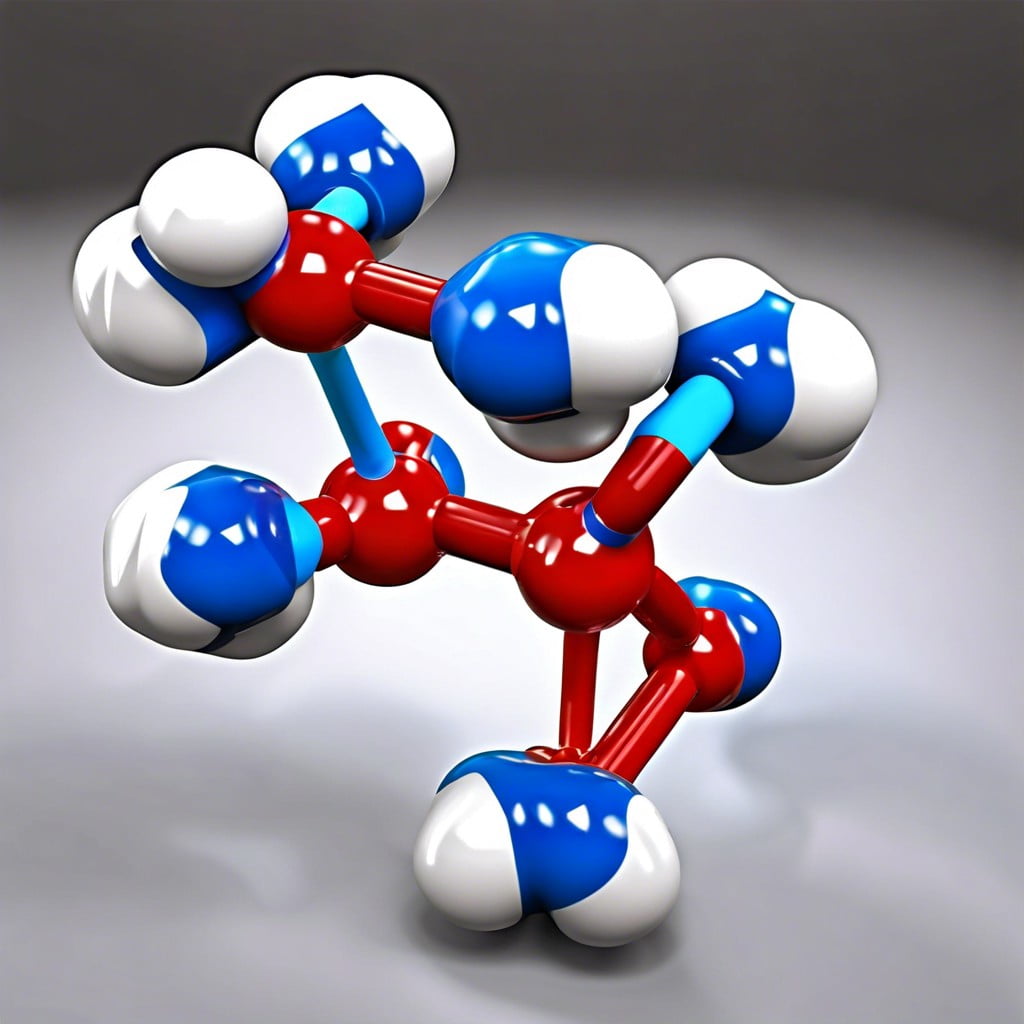
Often abbreviated as PET, this durable and lightweight synthetic material belongs to the polyester family.
Due to its robustness and clarity, PET is widely favored for packaging foods and beverages, especially for water and soft drink bottles.
Moreover, this thermoplastic is heralded for its strong barrier properties against water vapor and gases, which helps in preserving the freshness of products.
Additionally, it has the advantage of being shatter-resistant, unlike glass, making it safer and more convenient for transport and usage.
How Is Polyethylene Terephthalate Made?
Polyethylene terephthalate (PET) is crafted through a chemical reaction known as polycondensation. Here’s a simplified look at the process:
1. Ingredients: The primary ingredients are ethylene glycol and terephthalic acid.
2. High Temperatures: These substances are combined at high temperatures, causing them to react and form a monomer called bis(2-hydroxyethyl) terephthalate.
3. Polymerization: This monomer is then polymerized through a process of heating under vacuum or in the presence of inert gases to create long molecular chains, resulting in PET.
4. Solidifying: The molten polymer is quenched to create a solid that can be further processed into fibers, containers, or films.
Every step in producing PET is finely tuned to ensure the resultant material has the right properties for its intended use, like transparency, strength, or flexibility.
Polyethylene Terephthalate Uses
This versatile material serves an array of applications thanks to its strength, durability, and clarity. It’s most commonly recognized in the beverage industry as the plastic of choice for water and soda bottles due to its safety and lightweight nature. Beyond holding your favorite drinks, it’s also a key material in the production of food packaging, providing a hygienic, non-reactive container for a variety of food products.
The textile industry makes extensive use of it in the form of polyester fabrics. These fibers are prized for their resilience and are used in everything from clothing to home furnishings. Its clarity and ability to create a barrier against gases also make it an ideal candidate for producing medical-grade containers, including those for storing blood and medicines.
In construction, it shines as thermal insulation when converted into foam. Its properties ensure energy efficiency in homes and commercial buildings. The automotive sector also incorporates it into safety components like seat belts and airbags, banking on its high tensile strength and durability.
As a testament to its adaptability, even electronics aren’t left out. Polyethylene terephthalate is used in making flexible circuits, thanks to its excellent insulating properties. This gives it a role in the intricate inner workings of phones, computers, and other high-tech gadgets.
Polyethylene Terephthalate in the Environment
Polyethylene terephthalate, better known as PET, is everywhere—from water bottles to packaging materials. While its widespread use is due to its durability and versatility, these same features can pose environmental challenges. PET doesn’t biodegrade easily, leading to potential accumulation in landfills and natural habitats if not properly managed.
PET’s resilience against the elements means it can persist for years without significant degradation. This durability adds to the pressing issue of plastic pollution, particularly in oceans where PET debris can harm marine life.
On the bright side, PET is one of the most recyclable plastics. Closed-loop recycling processes allow PET to be transformed into new products, reducing the need for virgin materials and the strain on the environment. Incentivizing and expanding recycling programs is crucial for minimizing PET’s environmental footprint.
To reduce the impact on the environment, innovation in the form of biodegradable PET alternatives and improvements to recycling technology are ongoing. The success in managing PET waste depends on our collective efforts to reduce, reuse, and recycle, reinforcing the role each individual plays in the life cycle of this ubiquitous material.
Polyethylene Terephthalate Recycling
Recycling polyethylene terephthalate, commonly abbreviated as PET, helps reduce waste and conserve resources. The process involves several steps:
- Collection and Sorting: PET items, like bottles and containers, are collected through curbside recycling programs and deposit centers. They are then sorted by type and color.
- Cleaning: The sorted PET is washed to remove impurities, such as food residue and labels, ensuring the material is pure for the recycling process.
- Shredding: Clean PET materials are shredded into small pieces called flakes. These flakes are further washed to eliminate any remaining contaminants.
- Melting and Pelletizing: The clean flakes are melted and formed into small pellets. These pellets serve as raw material for producing new PET products.
- Remanufacturing: The pellets are then used to manufacture new PET products, including bottles, fibers for textiles, and packaging materials.
This recycling loop is essential in creating a circular economy where PET products are continuously repurposed, thereby reducing the need for virgin materials and minimizing environmental impact.
FAQ
Is PET a good plastic?
PET, recognized for its high strength and versatility in color options, is considered a globally safe and popular plastic for a myriad of applications, including food, beverage, personal care, pharmaceutical, and medical.
What is the disadvantage of PET polymer?
The primary disadvantages of PET polymer lie in its non-biodegradable nature, potential for chemical leaching into food or beverage packaging, and contribution to micro-plastic pollution.
Is PET is a polyester?
Yes, PET, standing for polyethylene terephthalate, is indeed a type of polyester.
What is an example of a PET plastic?
One example of a PET plastic is a soft drink bottle.
How does the recycling process of PET polymers function?
The recycling process of PET polymers involves collection, sorting, washing, shredding, re-melting, and reforming into pellets that can be used for new products.
What are the specific uses of PET polymers in the construction industry?
PET polymers are utilized in the construction industry for insulation, carpeting, soundproofing, and as a composite material in structural components due to their high strength, lightweight, and resistance to impact and weather conditions.
How does the chemical structure of PET contribute to its properties?
The chemical structure of PET, which consists of repeating units of ethylene terephthalate, contributes to its properties such as high resilience, heat resistance, and chemical stability, making it a favored material in various industries.
Related reading:
